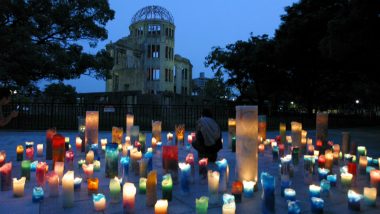On August 6, 2018, Japan mourns of the bombing of Hiroshima that changed the course of history. The residents of the Japanese city pause to remember the horrific day that took place on the same day in 1945. The United States bomber Enola Gay dropped the first atomic bomb ever used in military combat on Hiroshima. By the end of that year, it killed an estimated 140,000 people in the city to a population which at that time was approximately 300,000. On its 73rd A-bomb anniversary, Twitter remembers the victims and even demands the government to join the United Nations nuclear ban treaty to make this world more peaceful. Let us revisit the dreadful history of warfare.
Hiroshima Day Facts & History
It traces back to the final stage of the World War II; the US denoted two nuclear weapons at the Japanese cities. First at Hiroshima on August 6 and just three days later on August 9, Nagasaki became its victim. The bomb in Hiroshima was known as “Little Boy,” a uranium gun-type bomb that blasted with about thirteen kilotons of force. The bomb killed Between 90,000 to 140,000 people in the four-month period following the explosion.
On August 6, the bomb fell in Hiroshima for 44 seconds before exploding.
On the feast of the Transfiguration, Aug 6 1945, the B-29 bomber Enola Gay passed over the city of #Hiroshima and released an atomic bomb with the power of 16k tons of TNT. The bomb fell for 44 seconds before exploding. pic.twitter.com/UH4gOGIUz4
— Robert Ellsberg (@RobertEllsberg) August 5, 2018
The two bombings remain the only use of nuclear weapons in the history of warfare. Six days after the bombing of Nagasaki and the Soviet Union’s declaration of war, Japan announced its surrender to the Allies on August 15. It was on September 2 that the Japanese government signed the instrument of surrender ending World War II. However, the ethical and legal justification for the bombings is still debated to this day.
Some photos of Hiroshima which were taken in the months after the bombing.
Photos from #Hiroshima taken in the months after the bombing. About 80,000 people were killed instantly or seriously wounded. An estimated 90,000-166,000 people died in 4-month period after explosion. @wellerstein pic.twitter.com/7GnVZ9BPuZ
— AtomicHeritage (@AtomicHeritage) August 6, 2018
The Hiroshima Prefectural Industrial Promotion Hall which is a multifunctional building established in 1915 that was used for research and design consultation was one among the few buildings that left standing after the blast. Now a part of it, the Atomic Bomb Dome or Genbaku Dome is a UNESCO World Heritage site.
International Campaign to ban nuclear weapons and its related activities.
Seventy-three years ago today, a single atomic bomb obliterated the city of #Hiroshima, killing more than 140,000 people and injuring many more. Don't let this happen again. Urge your government to join the UN #nuclearban treaty. pic.twitter.com/SKWCP0y1EA
— Tim Wright (@TimMilesWright) August 6, 2018
In 2017, the International Campaign to Abolish Nuclear Weapons (ICAN) won the Nobel Peace Prize. Following a decade of encouragement by ICAN and its partners, an overwhelming majority, the UN adopted a landmark global agreement, the Treaty on the Prohibition of Nuclear Weapons. It will enter into the legal force once 50 nations signs and ratify it.
Buddhist monks chanting prayers in front of the A-Bomb dome at the Peace Memorial Park.
Buddhist monks chanting in front of the A-Bomb Dome in #Hiroshima this right now pic.twitter.com/iD1FAe1HYc
— Bo Jacobs (@bojacobs) August 5, 2018
In 2016, former United States President Barack Obama became the first sitting US president to travel to Hiroshima and greeted the Hiroshima bombing survivors. During a ceremony at Peace Memorial Park, Obama laid a wreath with Japanese Prime Minister Shinzo Abe.
After the dreadful day, on August 6 in Hiroshima, the church bell rings at 8:15 am, the exact time the bomb was dropped. This marks the beginning of a day of remembrance ceremonies. To commemorate the souls of the dead, Toro Nagashi, Japanese ceremony is held in which hundreds of lanterns are floated down the Motoyasu River, in front of the Atomic Bomb Dome.
(The above story first appeared on LatestLY on Aug 06, 2018 11:56 AM IST. For more news and updates on politics, world, sports, entertainment and lifestyle, log on to our website latestly.com).






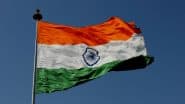

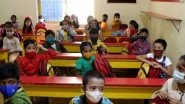
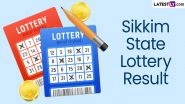
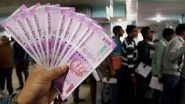


 Quickly
Quickly